
Healthy rivers are the lifeblood of resilient ecosystems, thriving communities, and sustainable economies. Through the IRBM Project, ASEAN Member States are collaborating to safeguard seven critical river basins, which sustain biodiversity, support livelihoods, and drive economic activities. This collective initiative is dedicated to securing the long-term sustainability of these vital ecosystems for future generations.
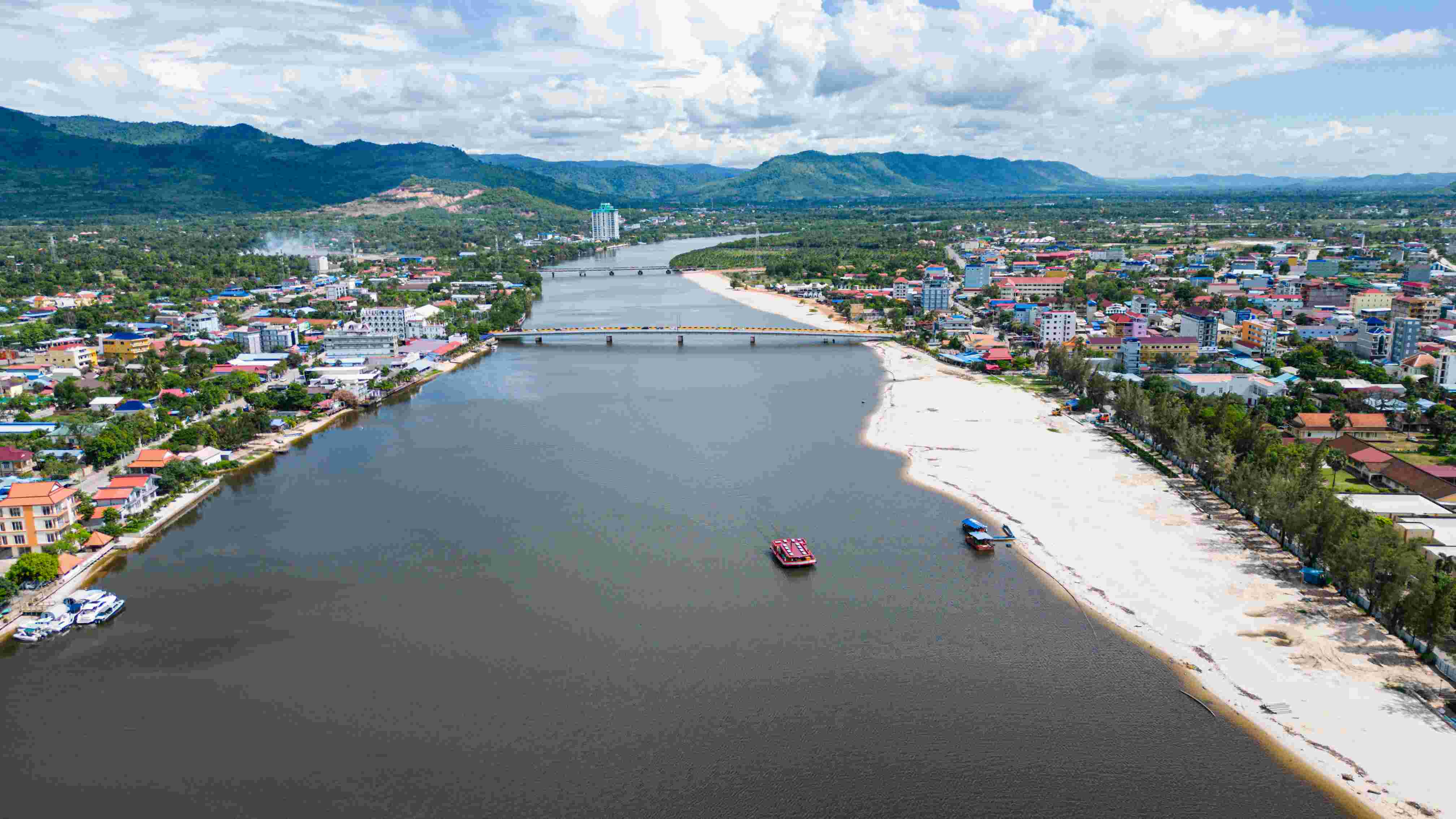
Kampong Bay River Basin
The Kampong Bay River Basin, one of Cambodia’s largest coastal river systems, sustains the livelihoods of over 184,000 people in the southern region. It plays a critical role in powering development, generating up to 194 megawatts of hydropower that supplies electricity to Kampot Province and the cities of Phnom Penh and Sihanoukville. However, rapid coastal and riverbank developments, combined with increasing water demand, pose significant threats to this essential resource.
Site Map
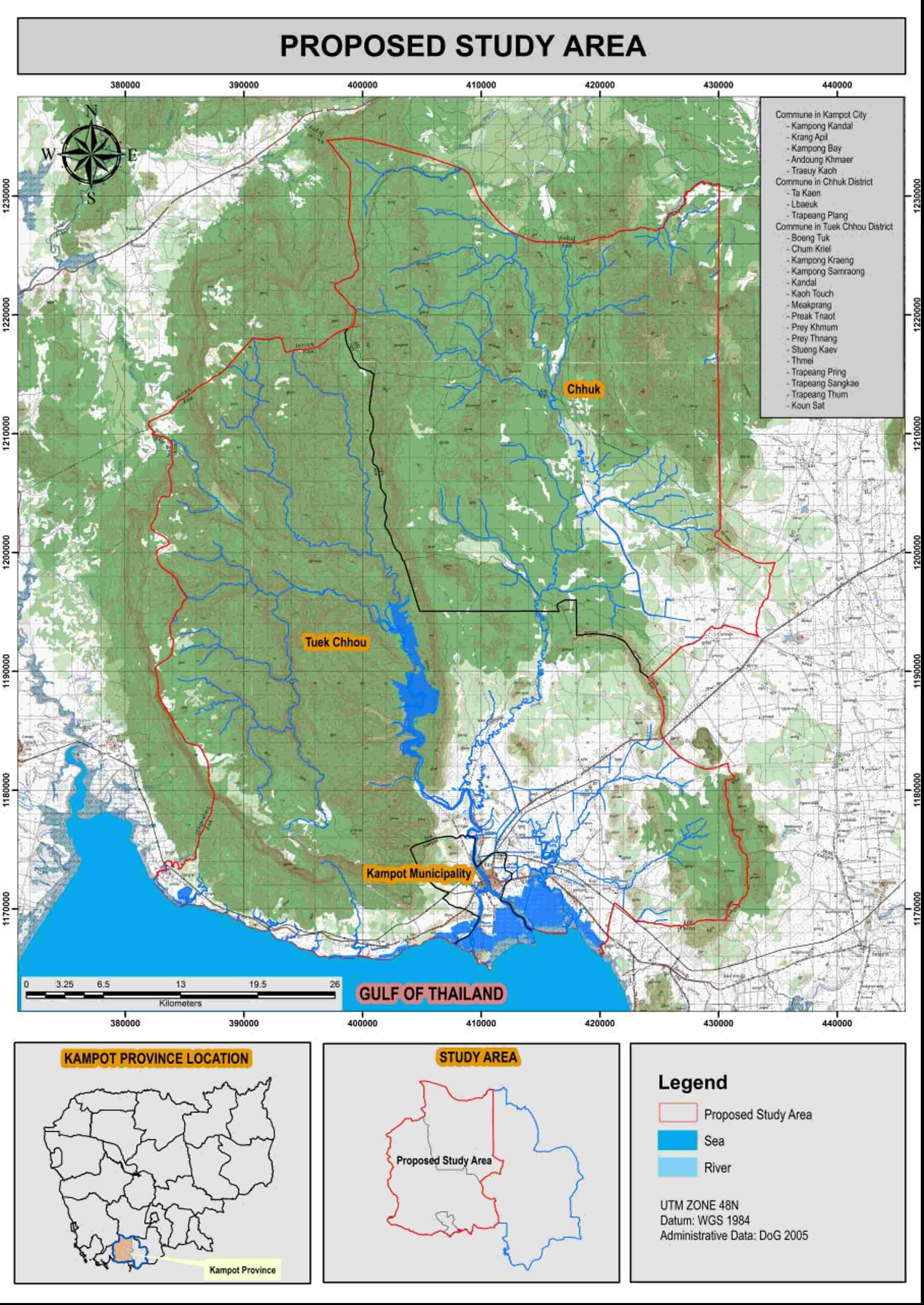
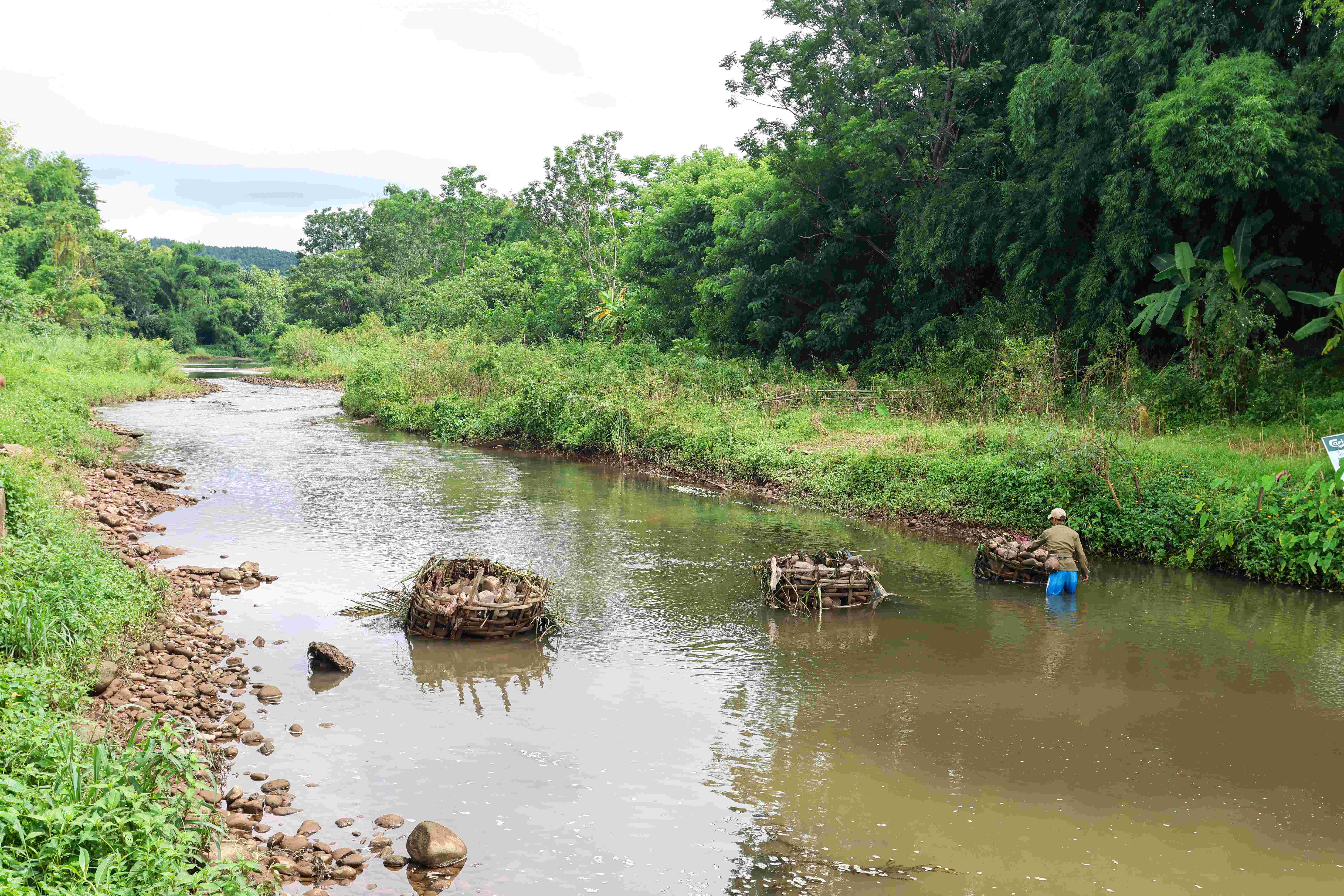
Nam Tha River Basin
The Nam Tha River Basin sustains the livelihoods of over 212,990 people in northern Lao PDR, including the Khmou, Hmong, and Lao ethnic groups residing along its banks. It supports critical sectors such as agriculture, fisheries, and eco-tourism. However, increasing population pressures and unsustainable practices jeopardize its water quality and biodiversity, threatening both communities and wildlife.
Site Map

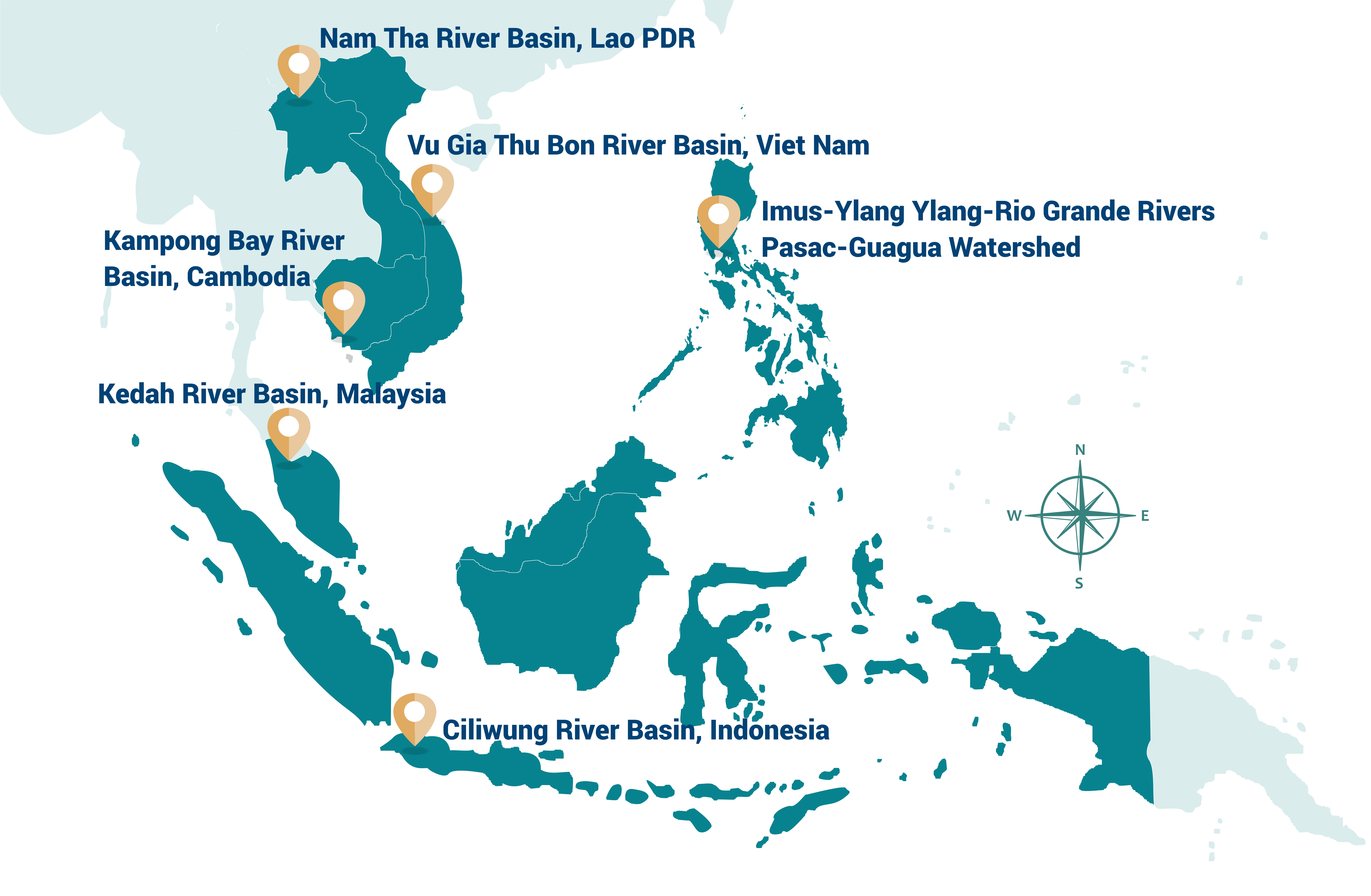
Vu Gia Thu Bon River Basin
The Vu Gia-Thu Bon River Basin, spanning Quang Nam Province and Da Nang City, is a vital water source for domestic and economic needs, supporting agriculture, industry, and hydropower. Rich in natural resources, it is home to valuable timber, placer gold, and diverse ecosystems, including wetlands that support both freshwater and saltwater species. However, the basin faces significant challenges, including uncontrolled urban development, unsustainable hydropower projects, and pollution from untreated sewage and waste.
Site Map
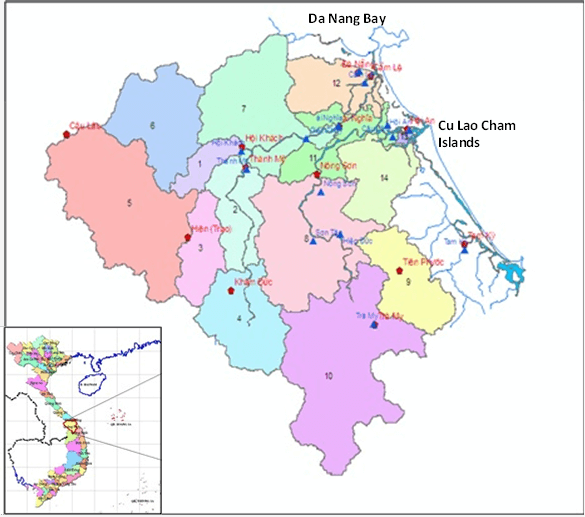

Kedah River Basin
The Kedah River Basin, located in northwestern Malaysia, spans 2,972 km² and sustains the livelihoods of thousands, supporting agriculture, hydropower, and tourism in the region. The basin plays a critical role in powering local industries and providing essential water resources. However, it faces significant challenges, including insufficient water supply due to drought, untreated sewage discharge, sand mining, and deforestation, all of which threaten its long-term sustainability.
Site Map
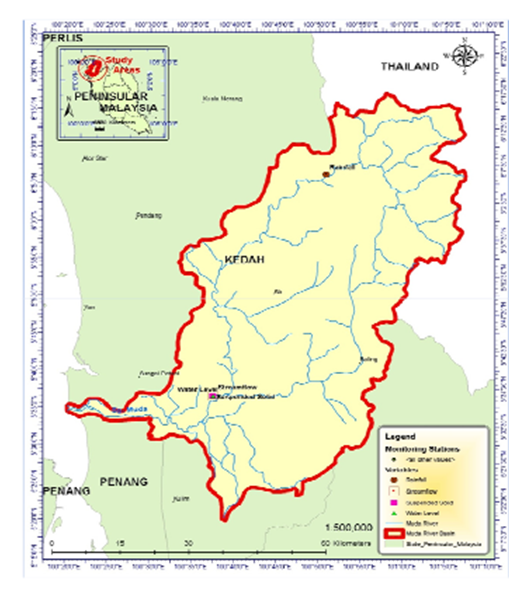
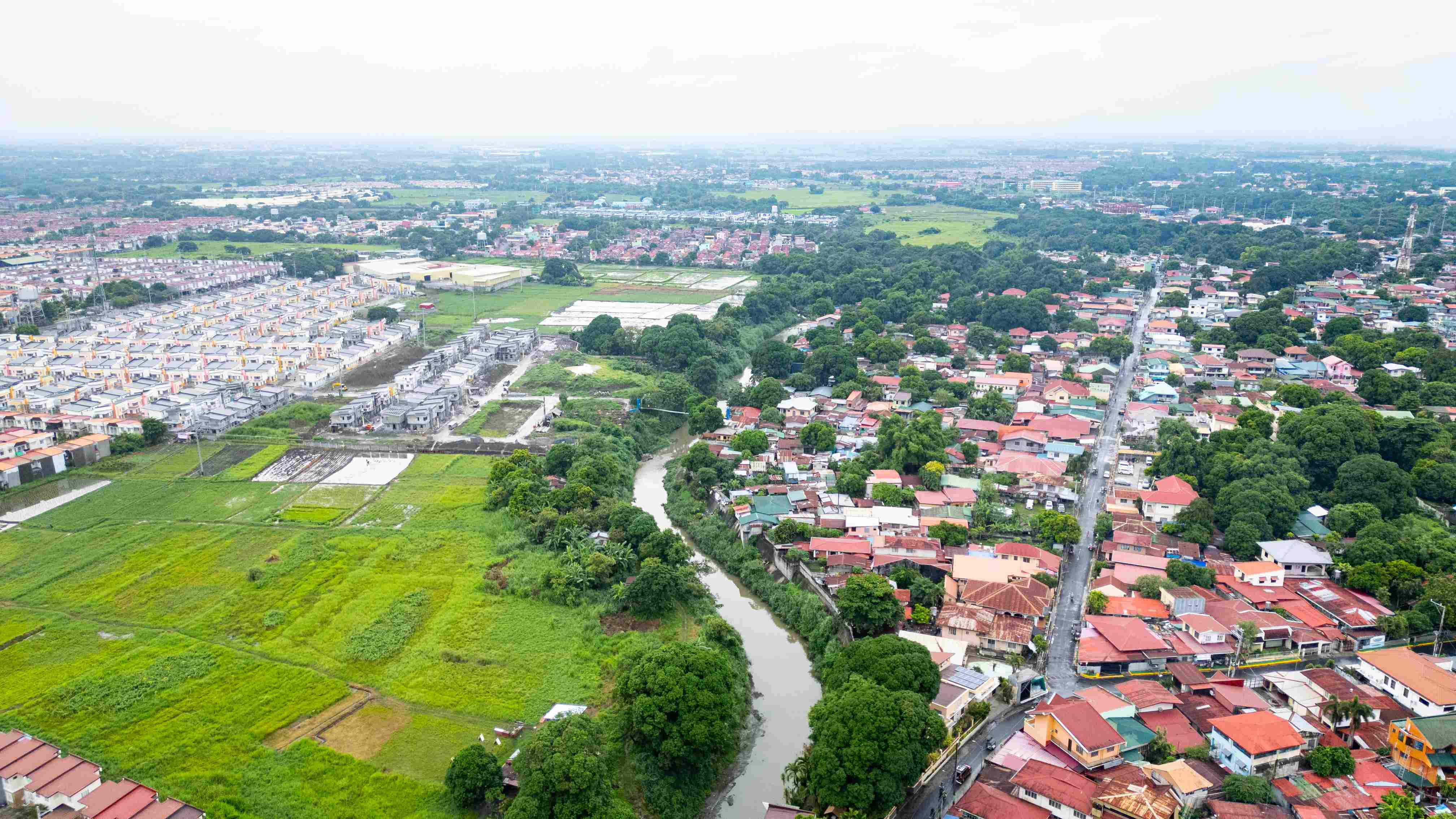
Imus-Ylang Ylang-Rio Grande Rivers
The Imus-Ylang Ylang-Rio River Basin, located at the boundary of General Trias, Imus, and Dasmariñas, spans 1,334.85 hectares and is a critical tributary of Manila Bay. Key sectors dependent on the river include agriculture, fisheries, and urban water supply. This urbanized watershed, serving numerous communities and households, faces major challenges such as groundwater depletion, saltwater intrusion, pollution, and rapid urban development, all of which threaten both the freshwater supply and marine water quality.
Site Map

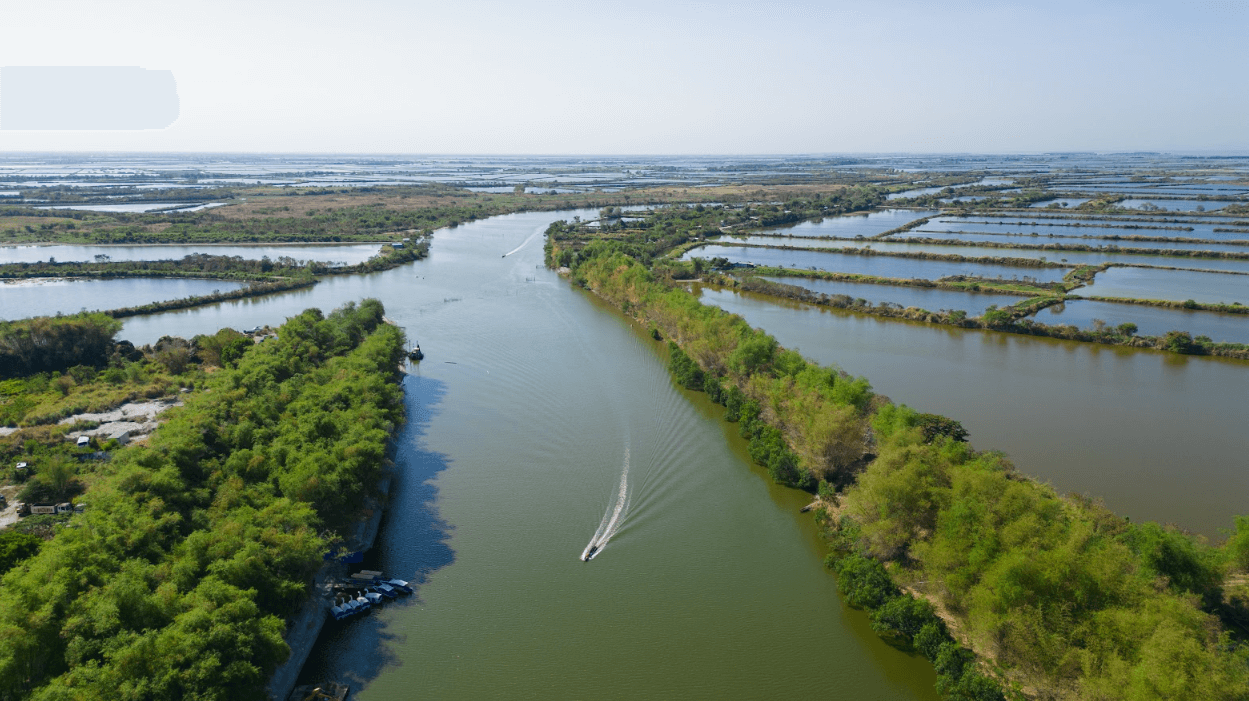
Pasac-Guagua Watershed
The Pasac-Guagua Watershed sustains the livelihoods of over 152 villages in the central region of northern Philippines. It serves as a critical water source and feeds into Manila Bay, the country’s main harbor connected to the broader South China Sea marine ecosystem. The watershed is also a biodiversity haven, providing a vital migratory path for water birds. However, it faces increasing threats from flooding, agricultural pollution, and saline water intrusion, jeopardizing its ability to support communities and wildlife alike.
Site Map
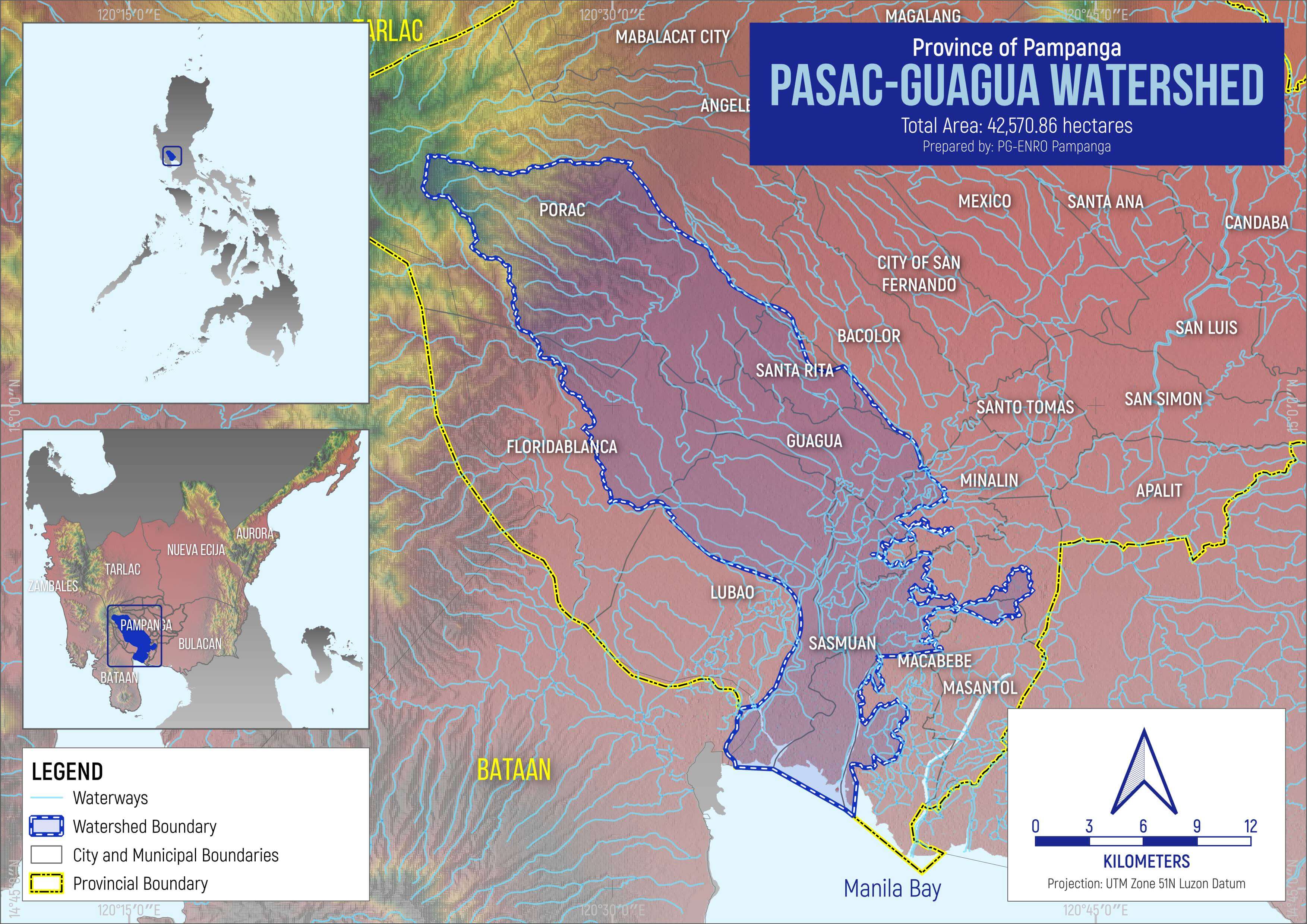

Ciliwung River Basin
The Ciliwung River, a 119-kilometer waterway flowing from Bogor to Jakarta Bay, is essential to the livelihoods and trade of Jakarta and its surrounding regions. The river basin faces significant challenges, including land use changes, pollution from untreated wastewater, loss of mangrove forests, and land subsidence, all contributing to environmental degradation. With approximately 7,000 tons of solid waste generated daily, the upstream cities of Bogor and Depok are major contributors, yet they lack adequate waste management infrastructure.
Site Map

